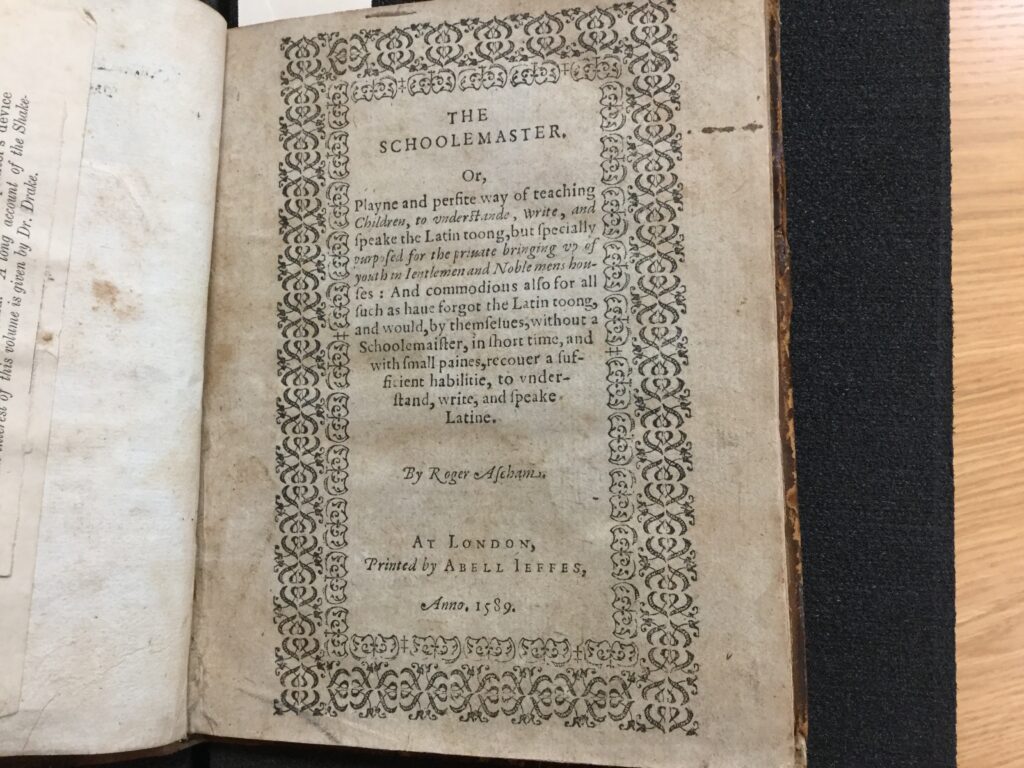
The Schoolemaster by Roger Ascham is a textbook for teachers specifically for the private teaching of youth in Noblemen and Gentlemen’s homes. Ascham in his early teens was sent to live with Humphrey Wingfield, who was known to be very good at bringing up youth. So it’s not surprising that Ascham wrote a book that included teaching manners to young people later in life. The Schoolemaster was printed with Elizabethan Black Letter. It also includes a woodcut border on the title page and several woodcut drop capitals/chapter headings. Another interesting addition is the Printer’s Trade Mark which can be quite rare. This is an interesting edition that would engage anyone interested in the art of teaching.
Provenance
Bookplates, Scribbles, and Doodles
Oh my!
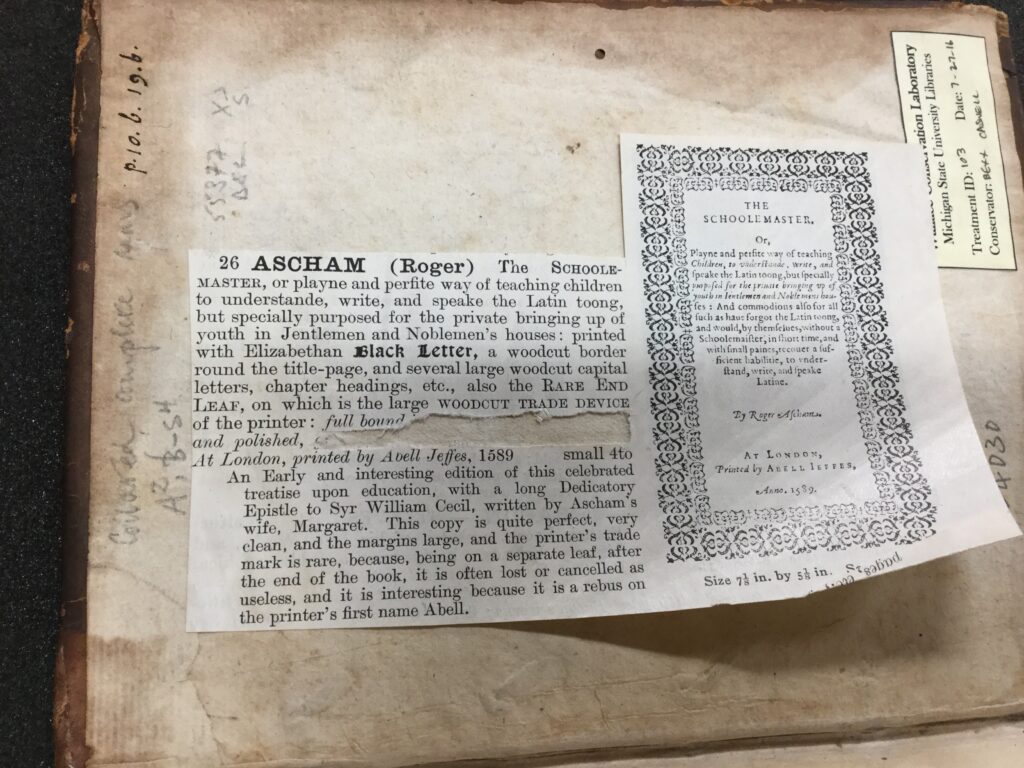
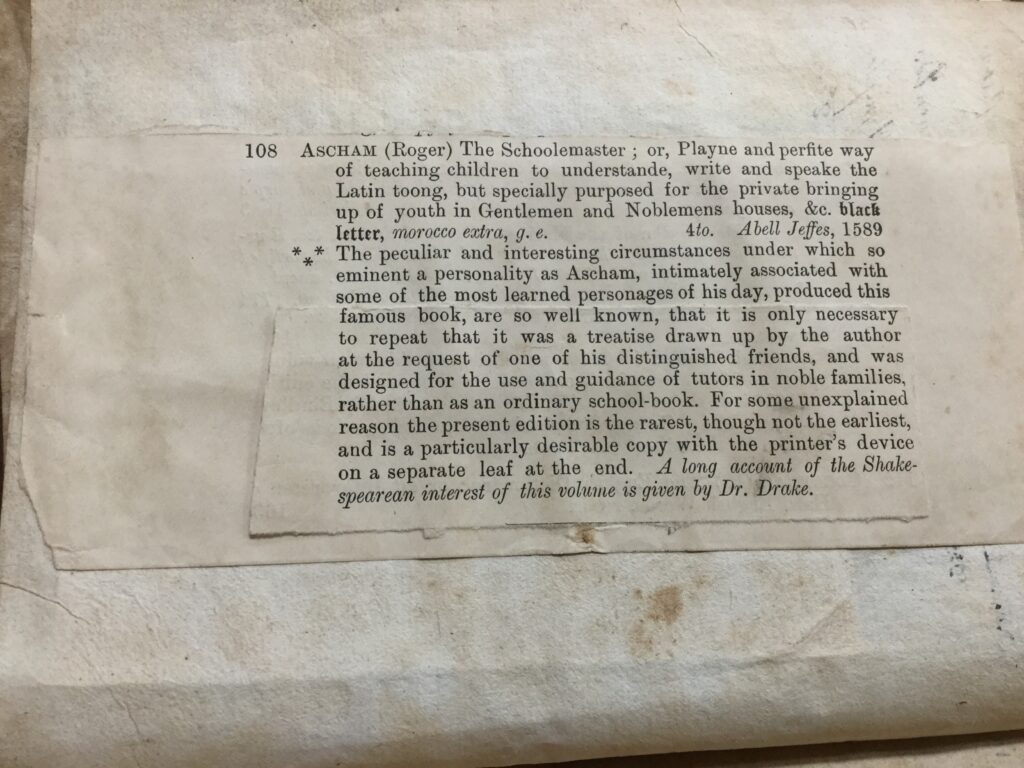
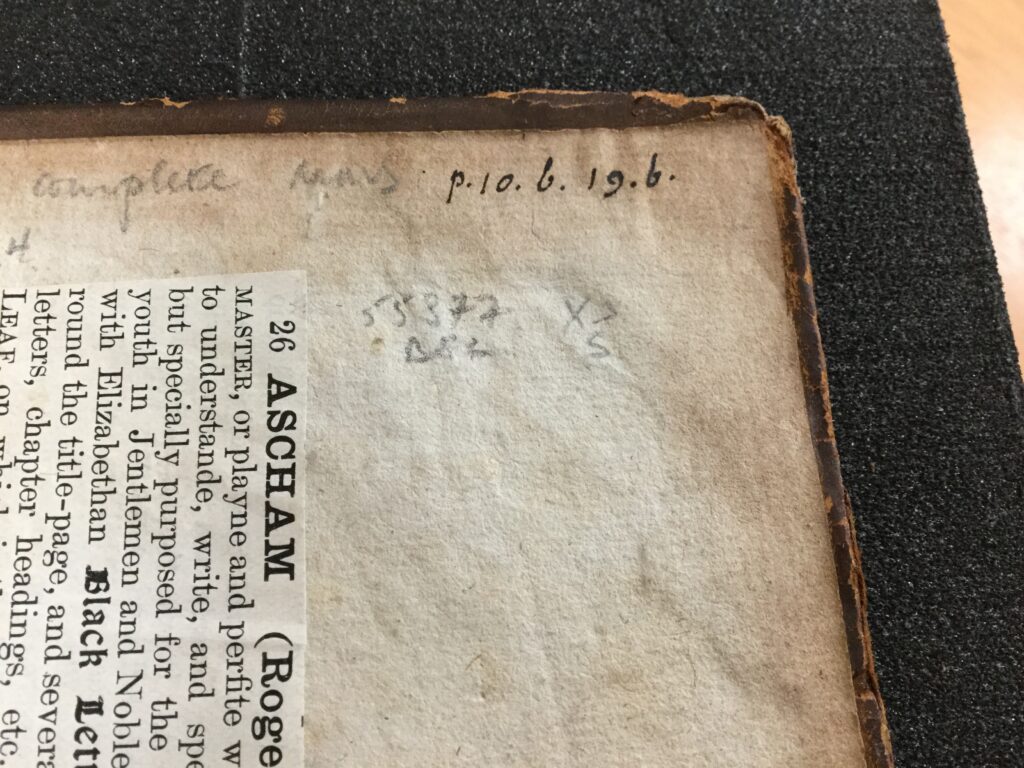
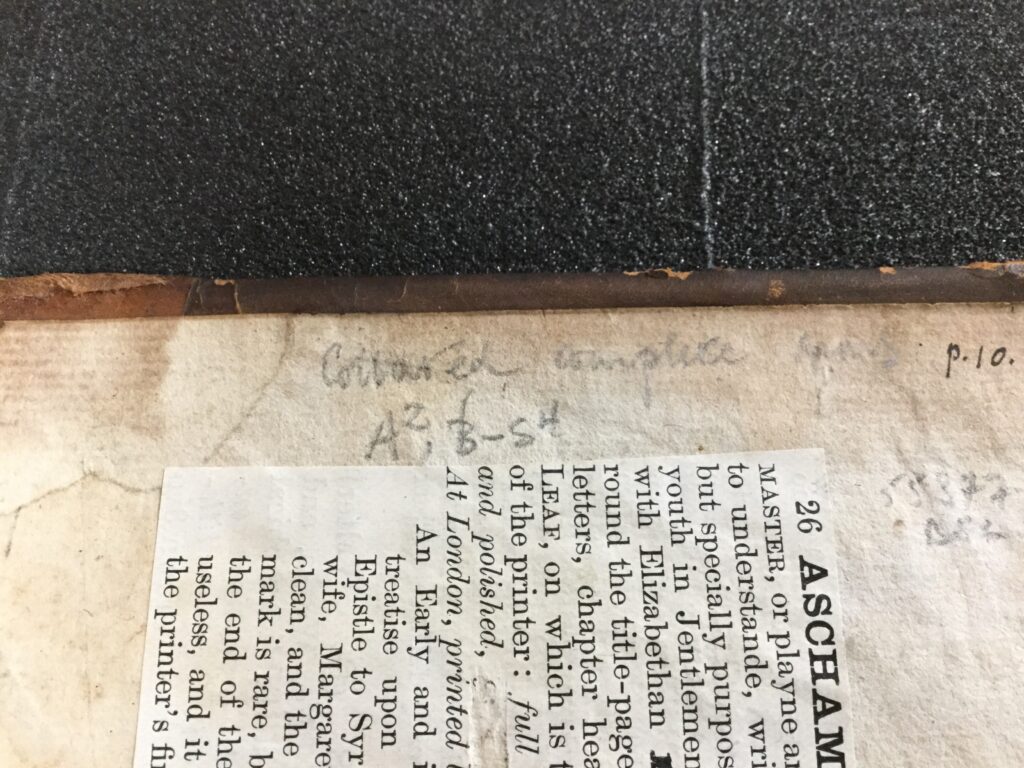
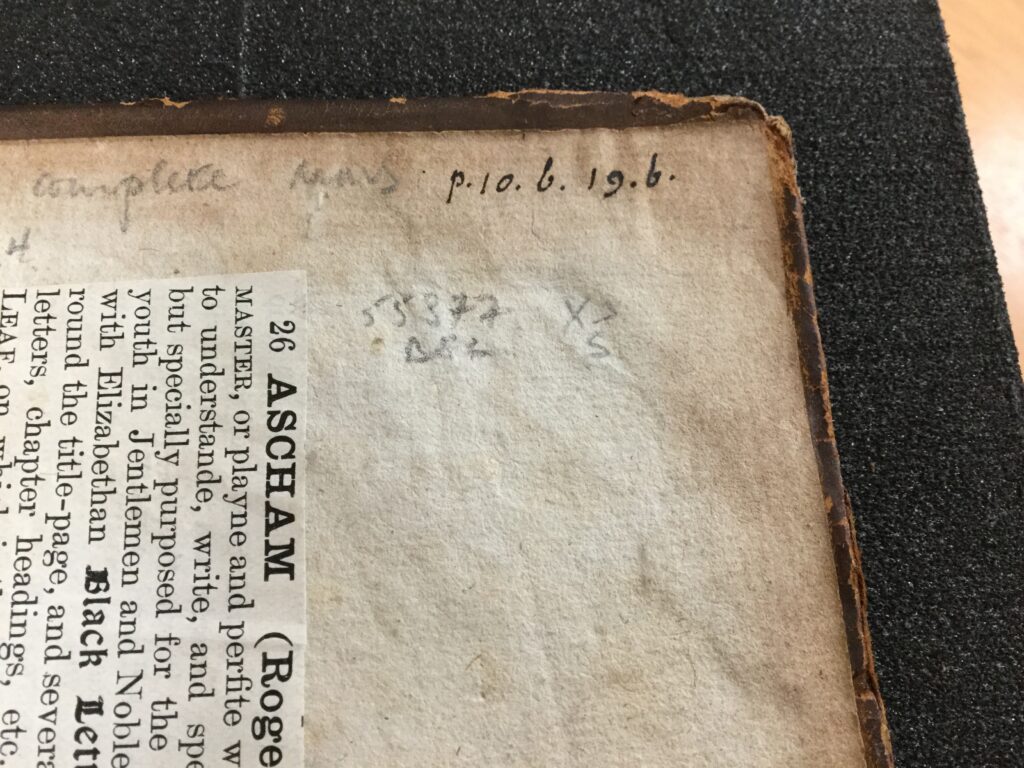
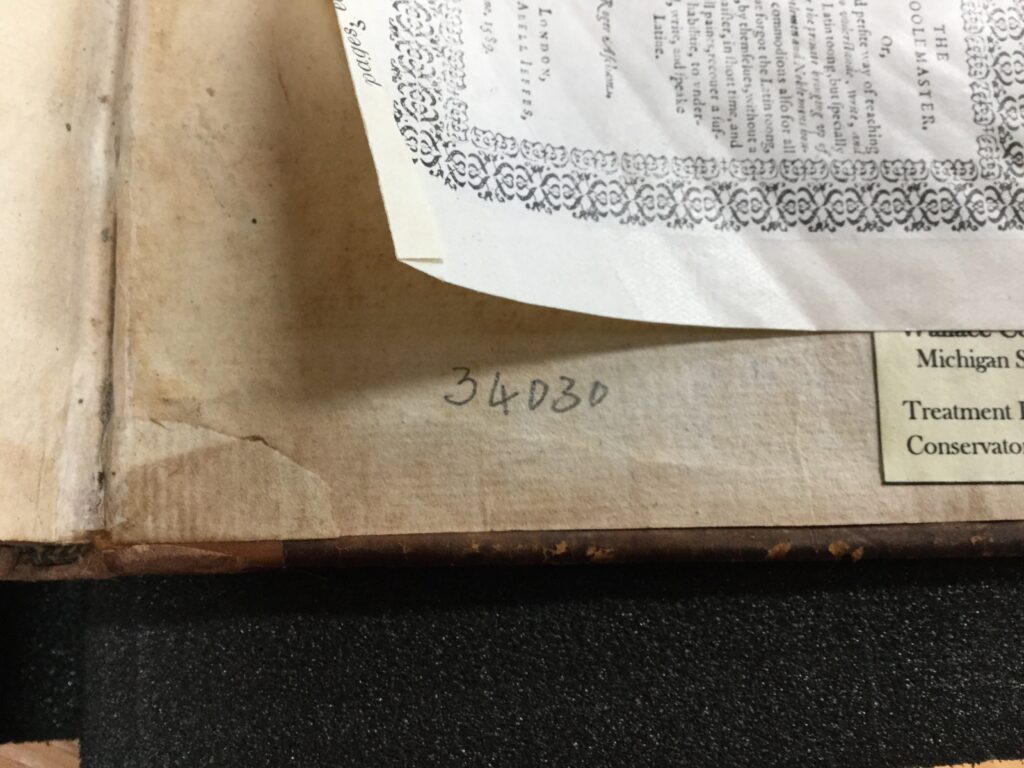
Librarian’s marks can be seen on the front and back covers/flyleafs.
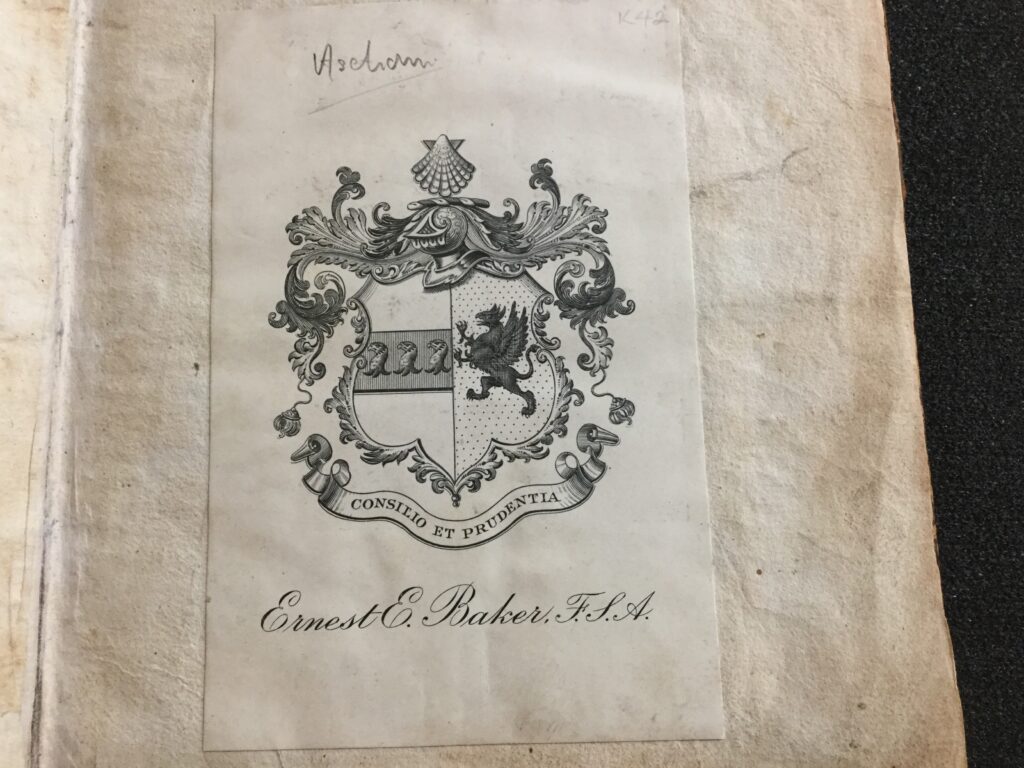
Bookplate of Ernest E. Baker F.S.A. Mr. Baker was the nephew of Dr. Halliwell Phillipps. While there is not much on Mr. Baker, Dr. Phillipps is quite infamous amongst the book collecting community. He would cut out pages/passages/drawings from early printed books and glue them into his own notebook. It is said that he destroyed eight hundred books and made thirty six thousand cut-outs from those books. Very unfortunate was to become famous, but at least those works are not lost to us forever. He donated his notebooks filled with cut-outs to the Shakespeare Birthplace Trust library. Source
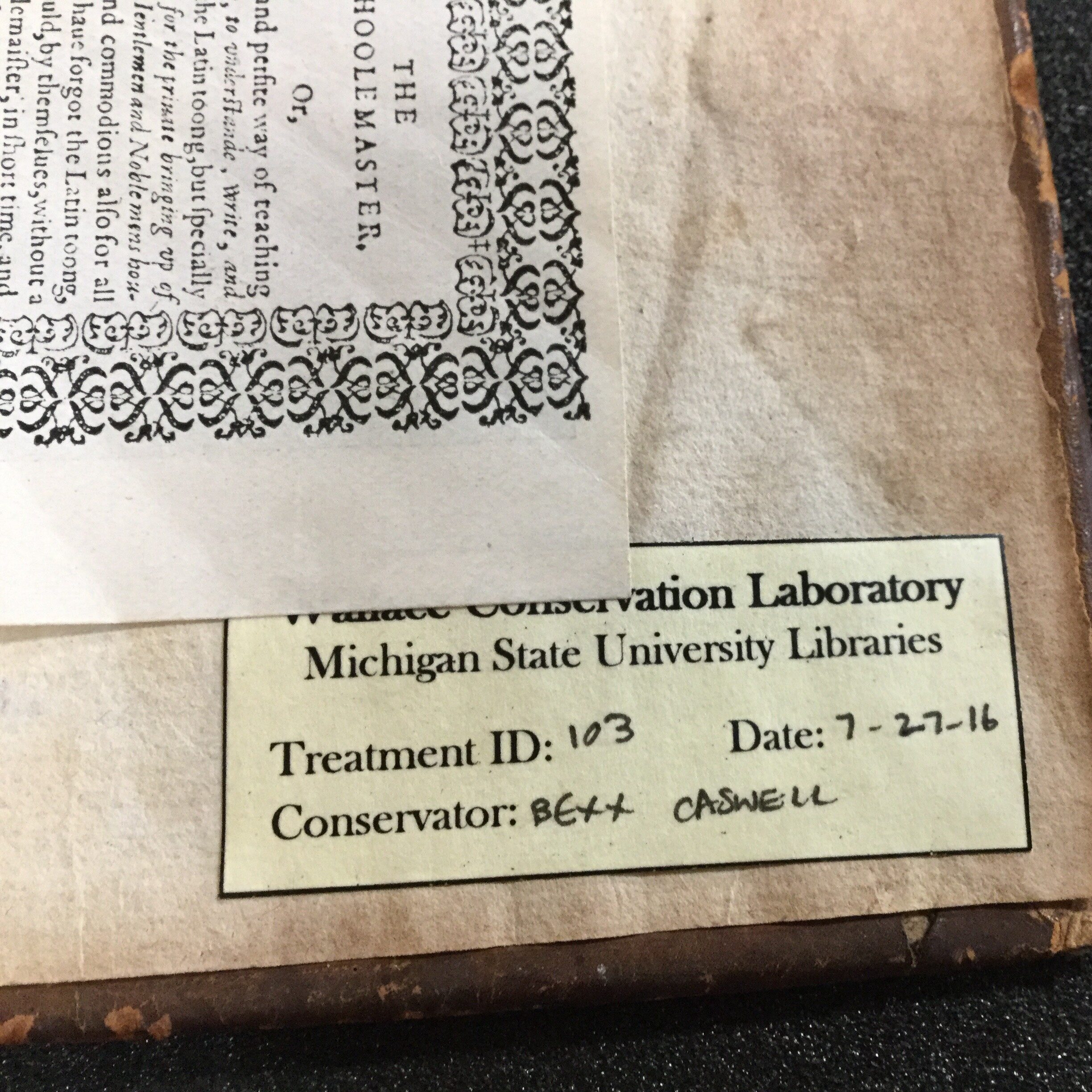
located in the inside of the back cover.
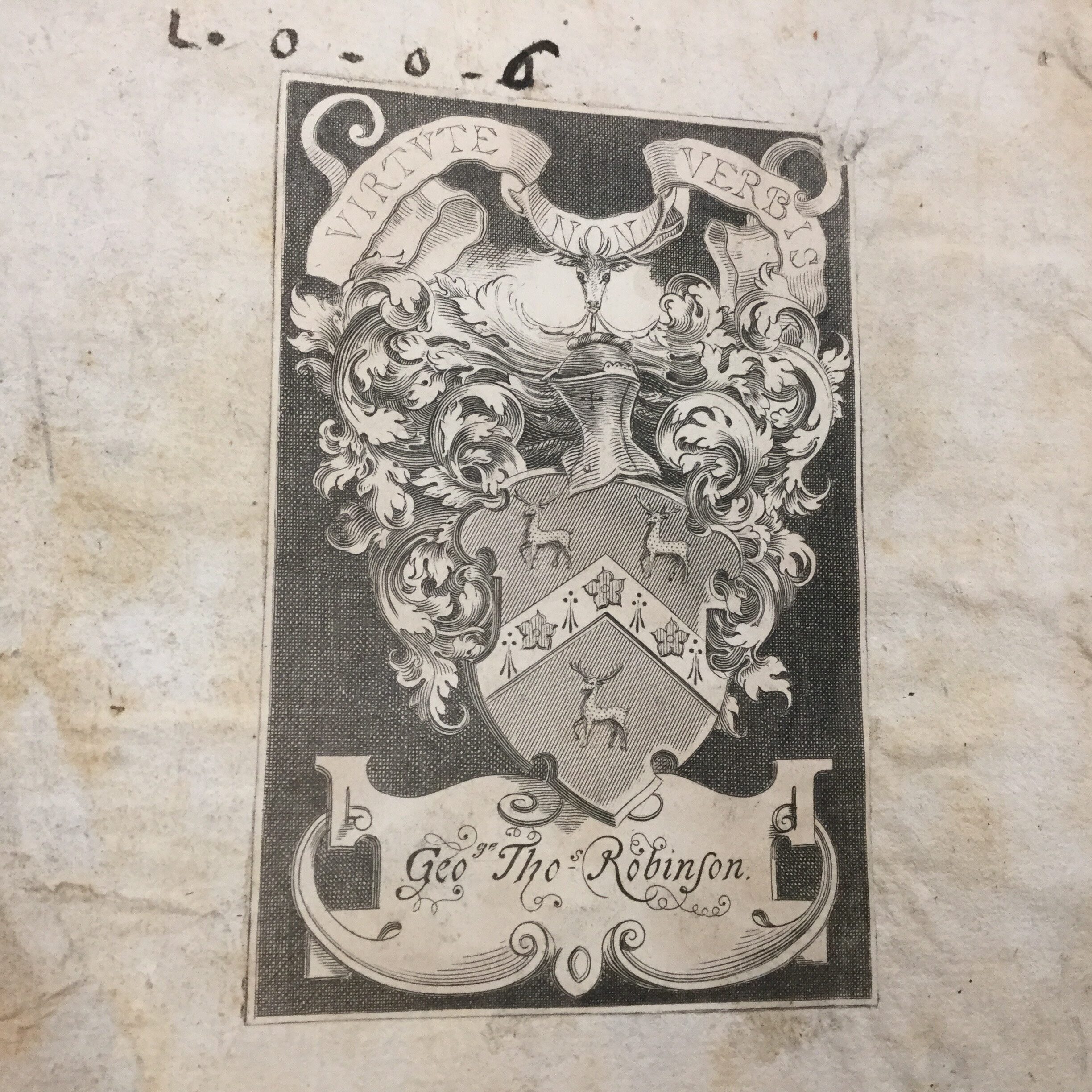
architect and author in the 18th century.
Located on the back of the front cover. Source
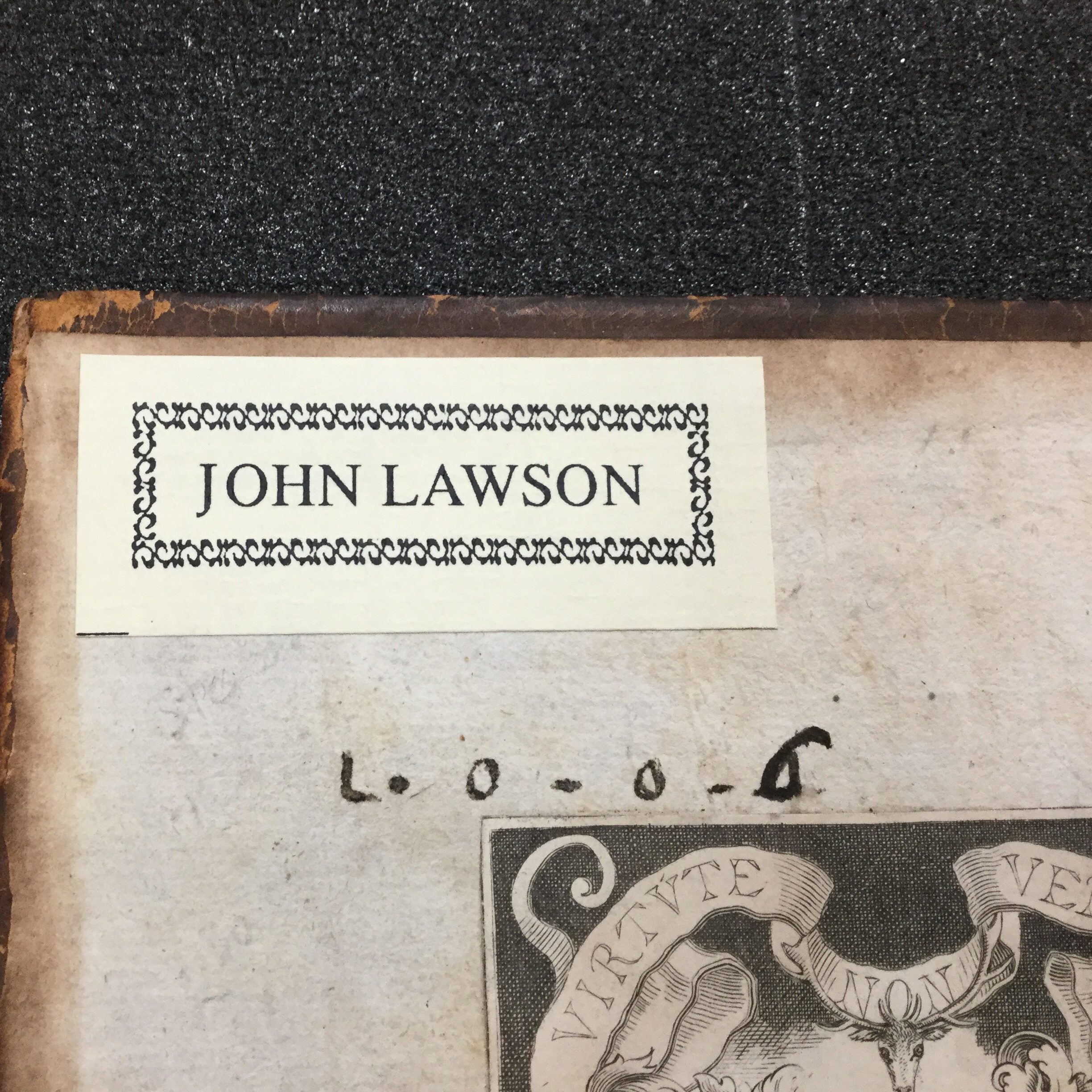
of the front cover. The only John Lawson I could
find of any note was alive in 1674-1711 and this
book plate looks far too new to have been from him.
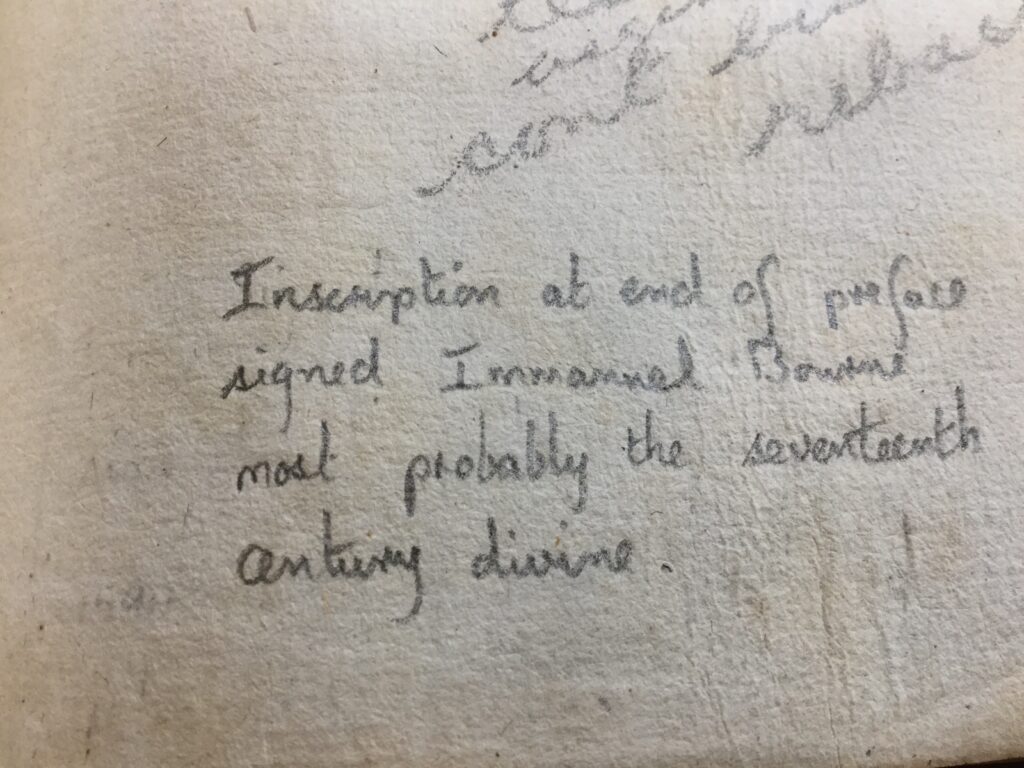
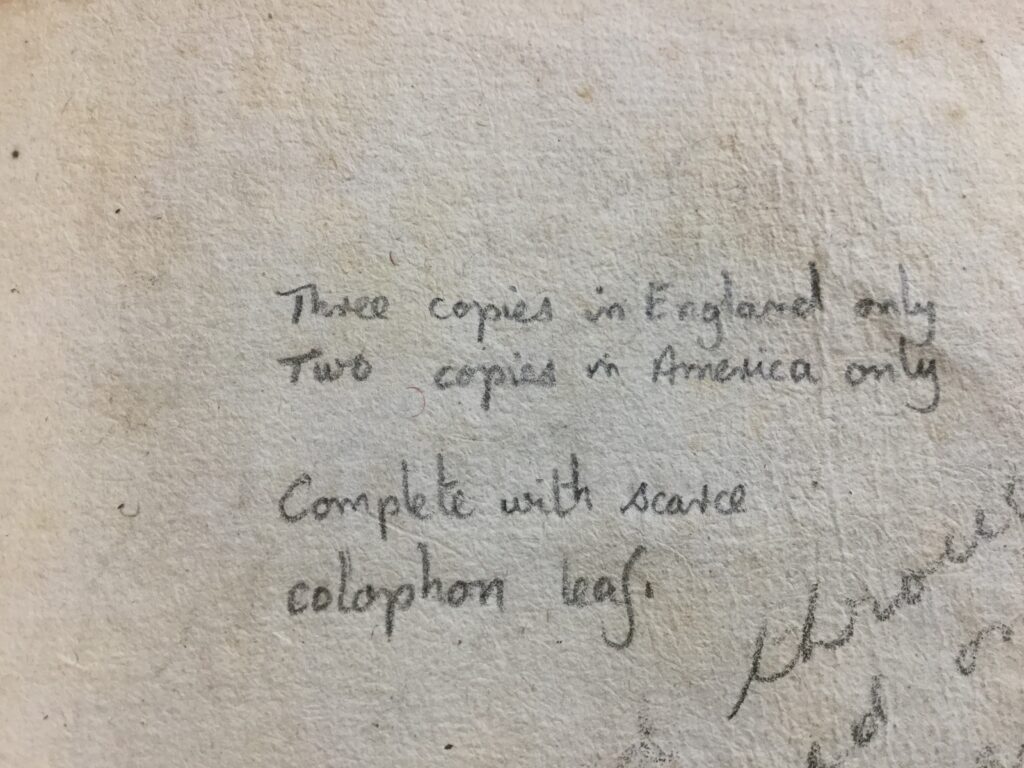
Pencil Writings on the front of the back fly leaf that seem to be in the same handwritting. They describe certain features of the book such as “Inscription at end of preface signed” and “Three copies in England only”. The fact that the writing is written in today’s English, that it’s very visible, and that it’s not written in cursive leads me to believe that this was written very recently within the last couple of decades. While that’s not as cool as some of the other pieces of provenance it’s still interesting to see what others thought was important about the book.
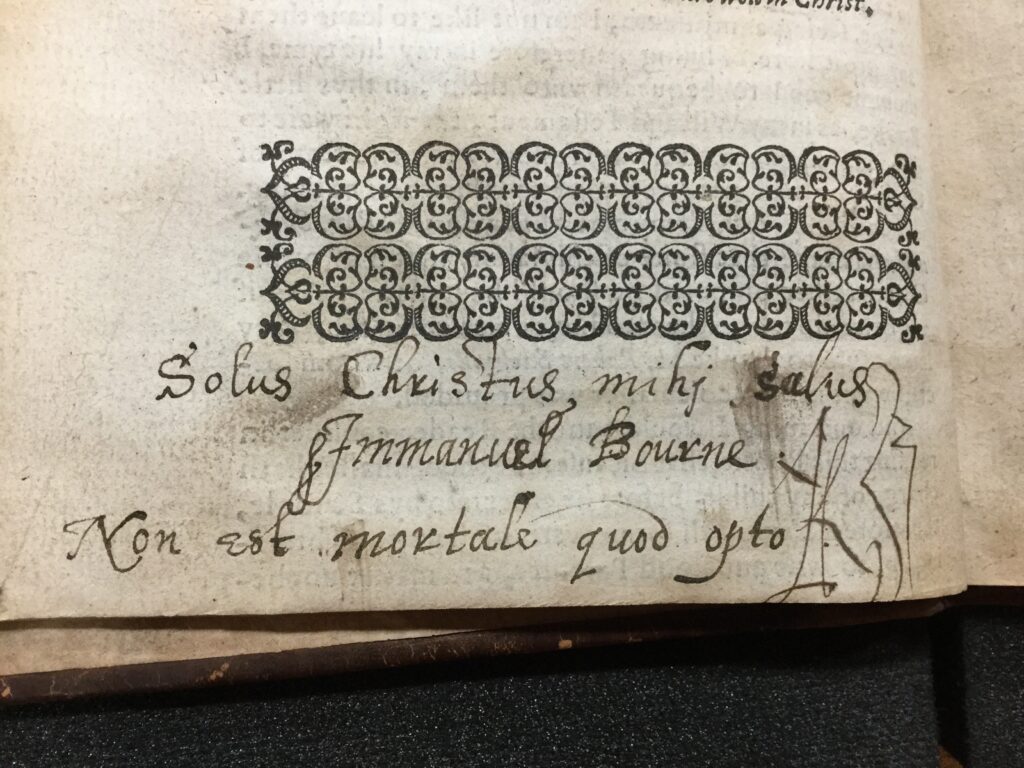
who was a 16th century priest of the Church of
England. Source
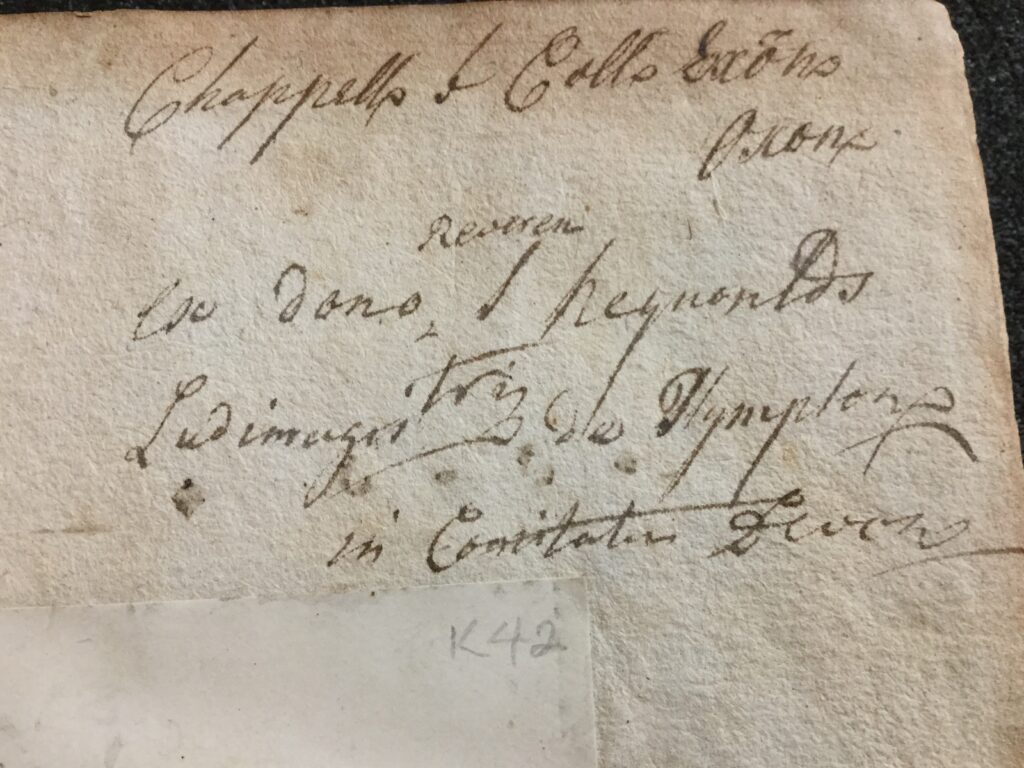
I am unsure of who this is and what he has
written, but it is very cool.
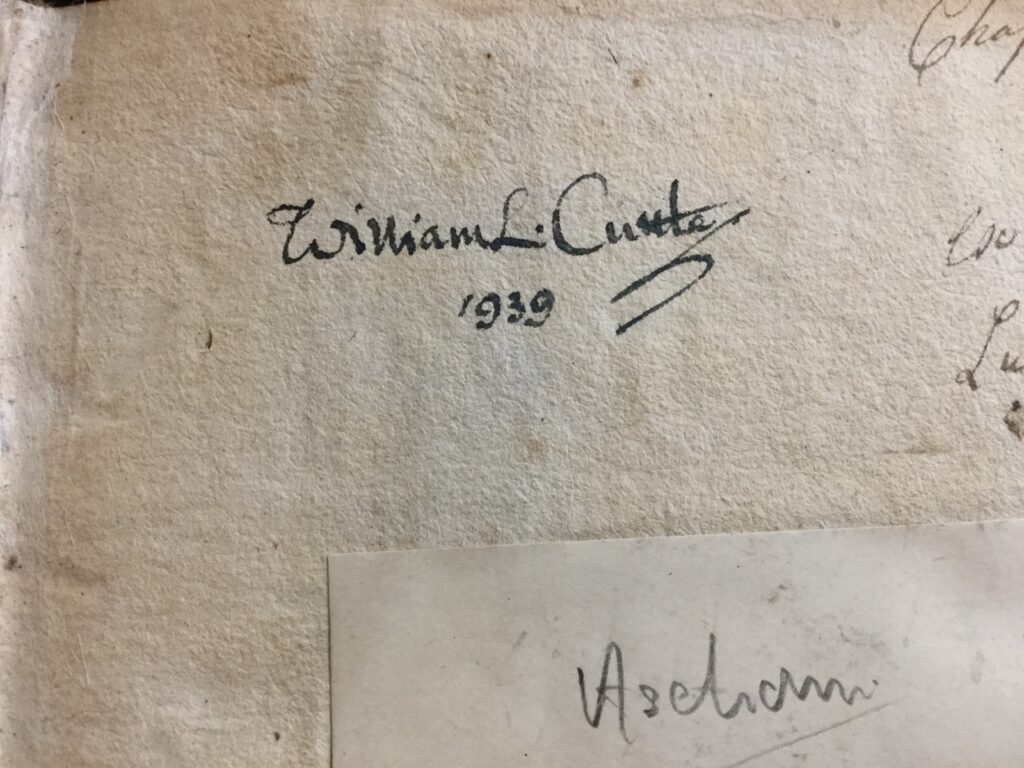

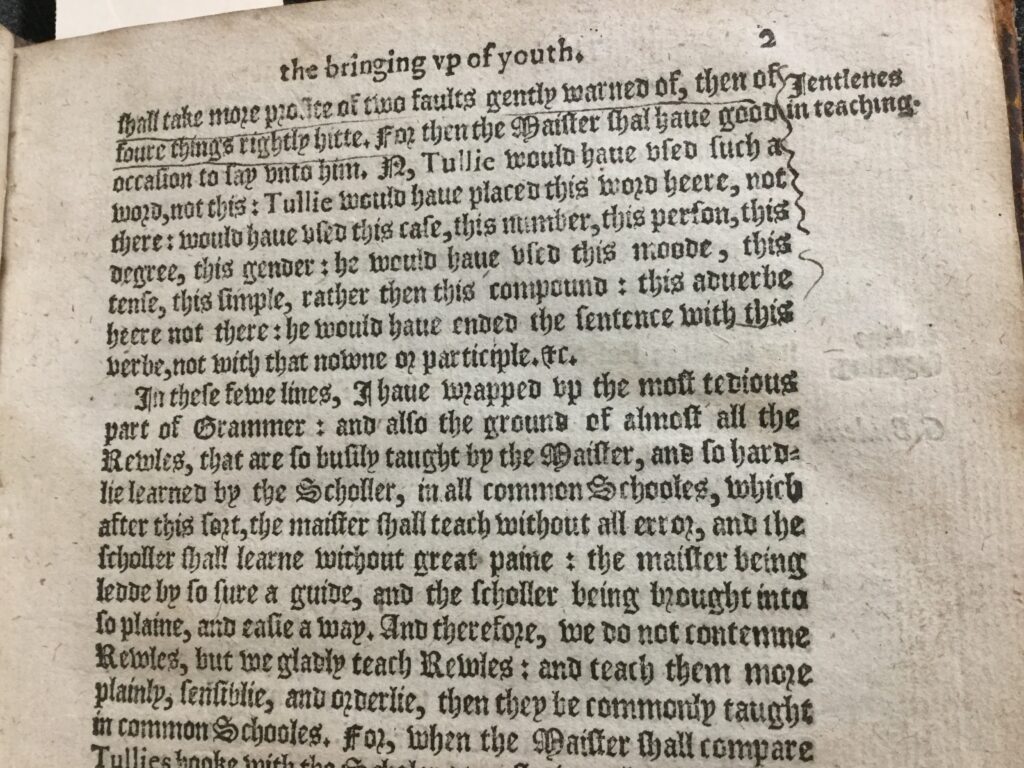
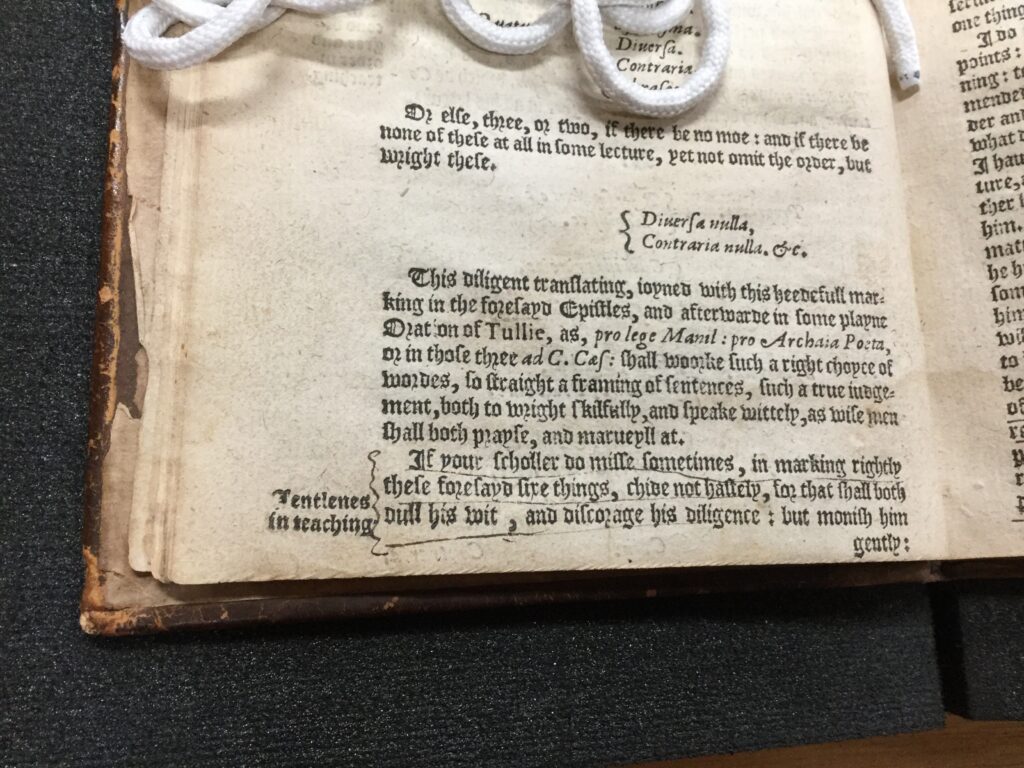
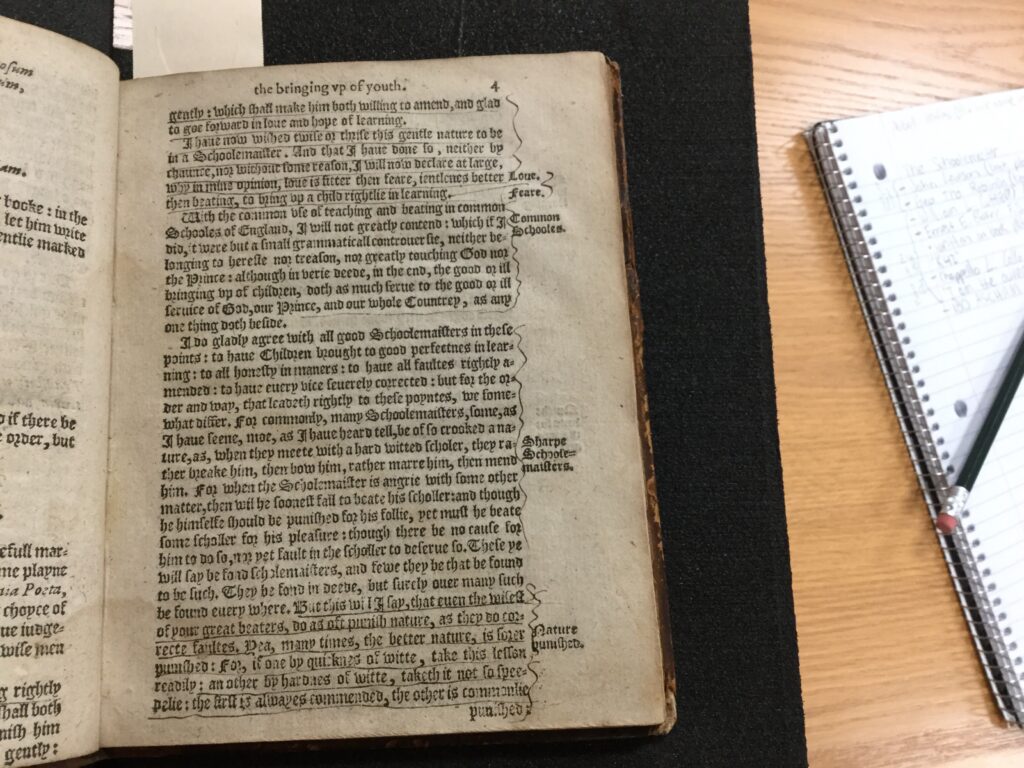
Underlining can be seen on pages 2,3,4,5, and 17.
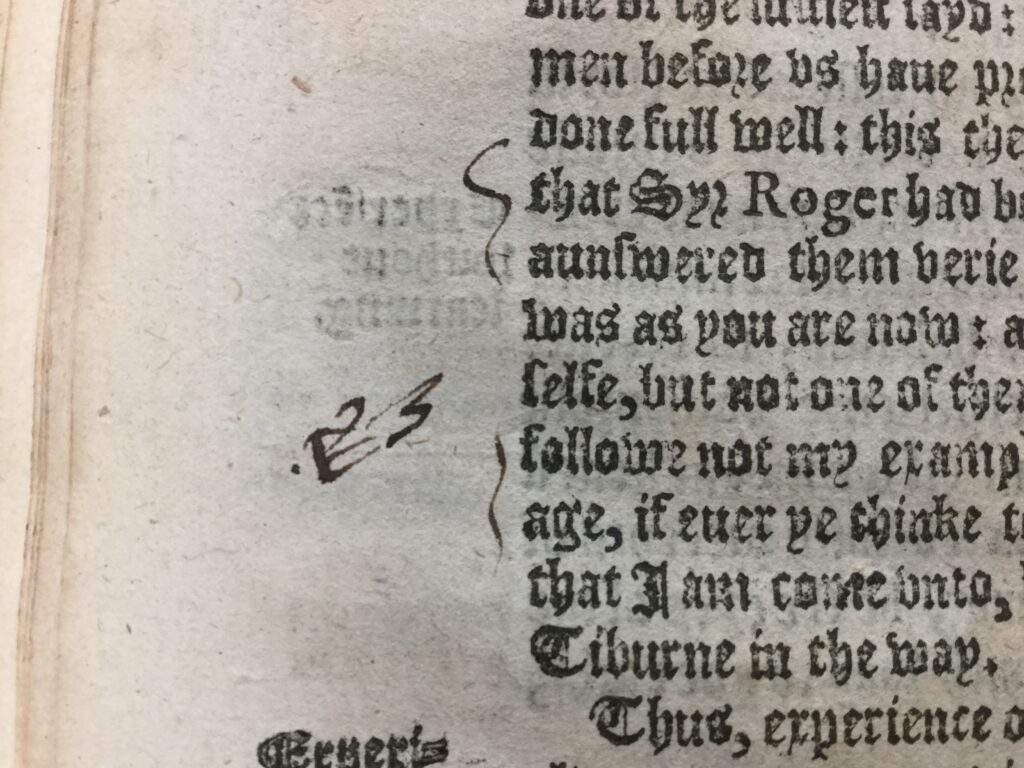
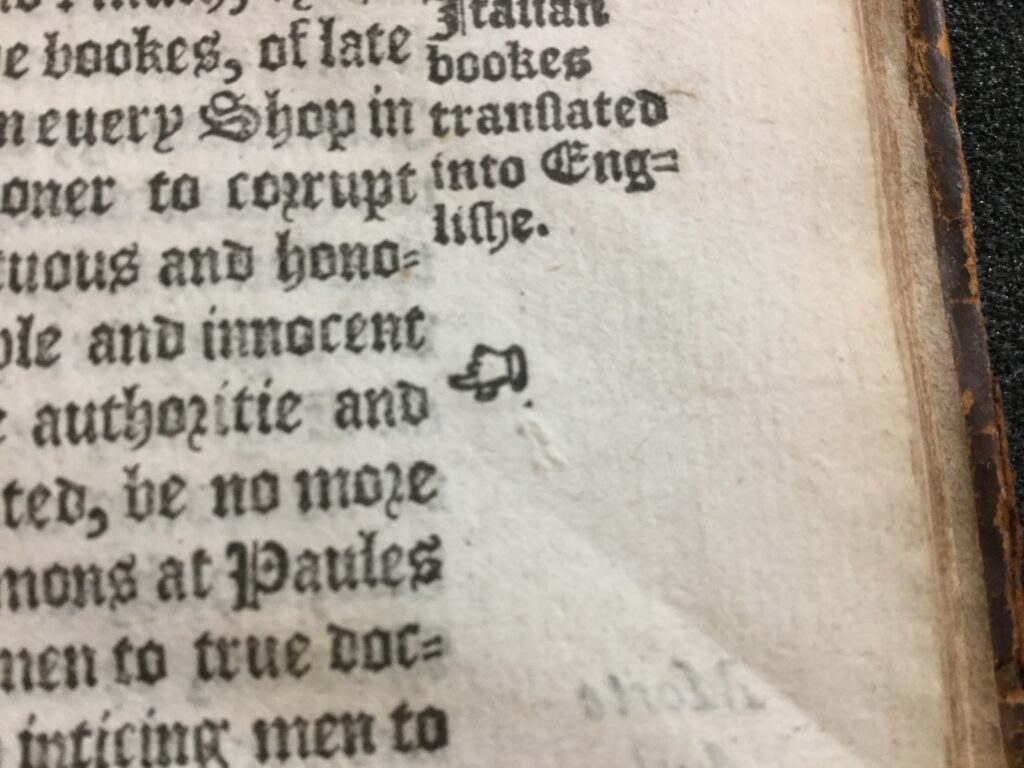
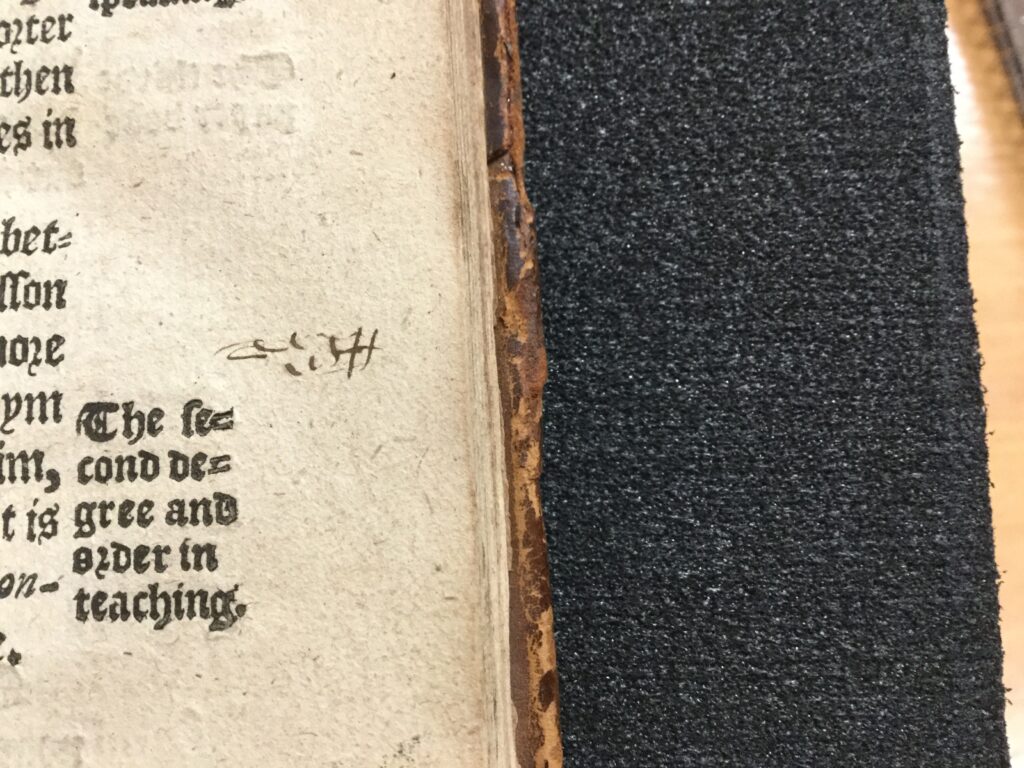
This information on The Schoolemaster was brought to you by Jordan Warren a student of Michigan State University and member of Professor Liam Brockey’s History of the Book class.